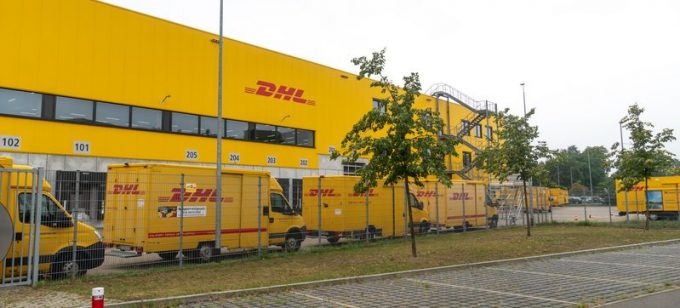The 2025 roadmap for Freightos: ocean APIs, AI, growth and dynamic pricing
Ocean online bookings are the next frontier for Freightos, a step it hopes to take ...

DHL Global Forwarding’s North American staff are experiencing the global shift in sourcing first-hand.
The near-shoring trend has not only increased flows among USMCA countries, but also spawned new flows, like India to Mexico or Vietnam to Mexico, noted Tim Robertson, CEO for the Americas.
Near-shoring is not the only dynamic that is keeping supply chains in flux. The pandemic disruption and subsequent surge in traffic that overwhelmed logistics capacities have forced cargo owners to move from the just-in-time (JIT) model and ...
Outlook for container shipping 'more uncertain now than at the onset of Covid'
Shippers warned: don't under-value US exports to avoid tariffs – 'CBP will catch you'
Cancelled voyages take the sting out of spot rate declines this week
New Houthi warning to shipping as rebel group targets specific companies
K+N CEO unveils impact of US import tariffs on China-origin goods
Blanked sailings in response to falling demand 'just a stop-gap solution'
CMA CGM to reflag box ship as the French carrier eyes growing Indian market
Boeing looks to resell up to 50 aircraft rejected by Chinese buyers
More pressure on transpacific rates as carriers bet on a China-US trade deal
'Strong start' to 2025, despite market uncertainty, says Kuehne + Nagel
USTR fee could price Chinese carriers out of US trades
Teamsters union vows UPS will be 'in for a hell of a fight' over jobs cull
US Customs chaos means 'more downside risk than upside potential' for air cargo
Taiwan ministries act to mitigate effect of trade war on agriculture exports
Wan Hai joins box shipping 'arms race', but avoids Chinese yards for newbuilds
MOL signs up with Climeworks for direct air carbon capture and storage

Comment on this article